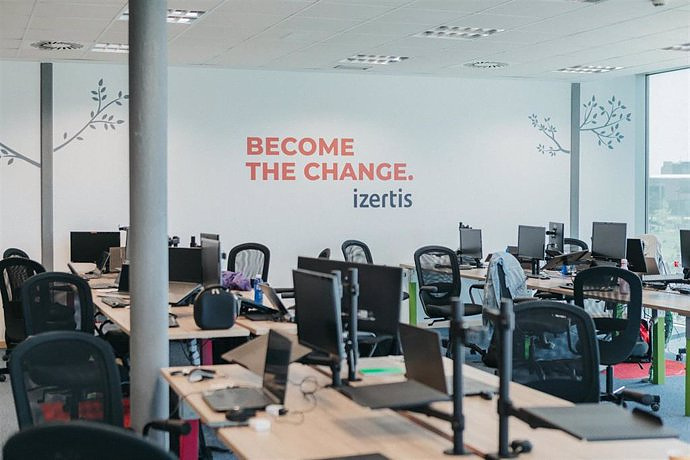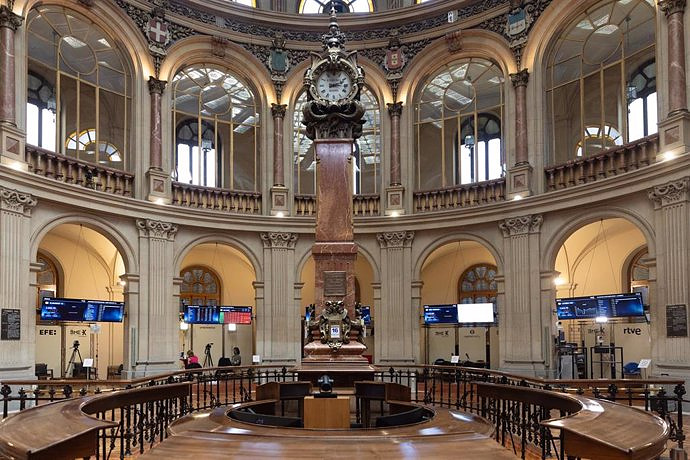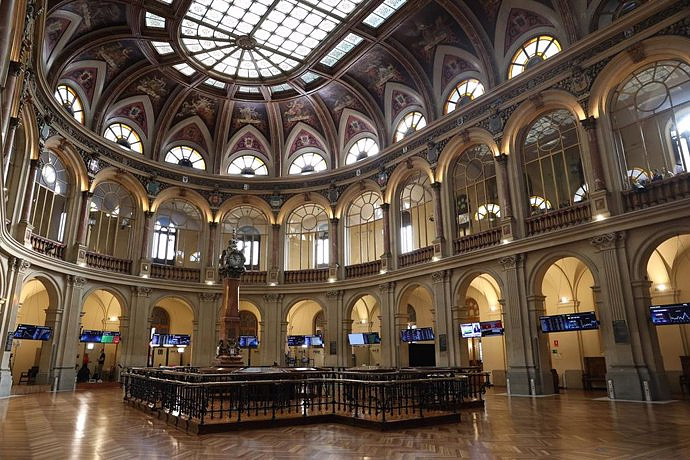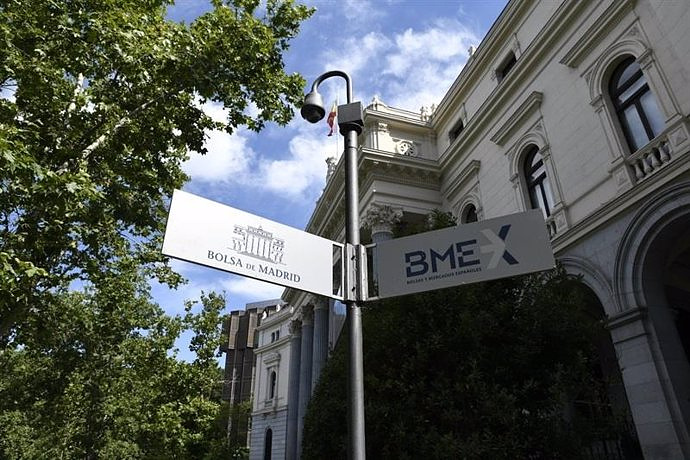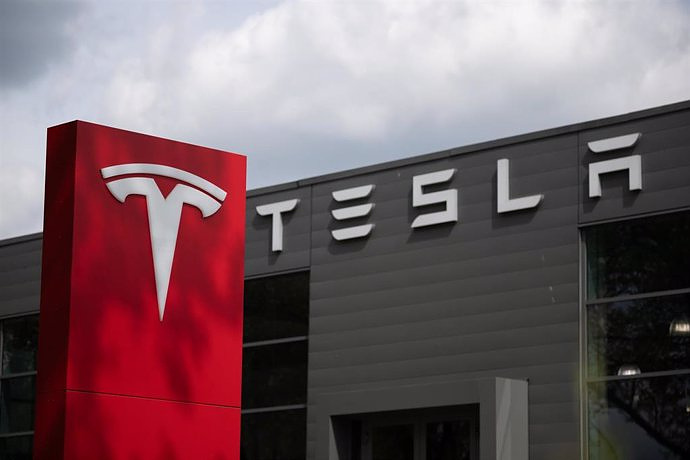as A road tax for passenger cars was introduced in the DN Debate, seven of the scientists may be the first step in this new way of thinking that is lacking. In the past, the proposed methodology has a focus on vehicles and fuels, and can not cope with the klimatomställningen, it is the largest and the most goal-oriented social transformation-ever. In one of the ESO's report that one of the SNS report, it is shown how the target for 2030 of reducing emissions by 70 per cent in comparison with 2010 has to be abandoned. Against this major background, it is remarkable that so few people take account of the digital opportunities when solutions are being discussed.
It is necessary for a system-wide policy for the sector. To be paid for the use of the physical infrastructure is proposed, it must be an essential component of such a policy. The public sector is able to cover an impending loss in the forthcoming electrification as well as delivering a much better service to the public and to all businesses operating in the transport sector. It was through a co-ordinated and dynamic pricing of road use, based on customer demand. So, can the rural areas be given a more favourable situation, while the rest of the trafikinfarkter can be solved.
and with These digital platforms is huge to optimize its system by the user, and the sub-contractors to increase profits and market share. Unfortunately, to be optimized, these services are not for the public interest. The publicly produced services infrastructure to be in place to promote the effectiveness, availability, comfort, convenience, environmental impact, local environmental, justice and health. In essence, it is about the match between the supply of, and demand for, according to the civic principles.
such A policy will need to cover all of the use of the physical infrastructure, and the tax-funded public transportation system. A real-time, coordinated information, and dynamic pricing is the major job of the capacity of the sector to be taken care of, traffic jams and congestion is to be avoided, the countryside, the offset information, and the convenience is improved, and a klimatomställning been gradually strengthened. Road users ' decision-making situations to be modified, but any pointers will be shared. The carriers will win in the building on the improvement of infrastructure service.
In the project, a Predictive movement, we have, on a small scale, and with the support of Vinnova and started doing this kind of work, in the form of a digital platform, coordinating the travel and the road capacity – as well as allowing for dynamic payment on the basis of market demand.
as with The science is telling us we have to be ambitious, work needs to start immediately. One particular hard nut to crack the transformation of the tax levy that is needed for a smooth transition of the retail price of the ever-changing traffic conditions. To find ways for operational cooperation and coordination between the state, regions and municipalities, the public, producers of transport services, also require new ways of thinking.
the level of Ambition of our proposal can be seen as high, however, should be viewed in light of the fact that Sweden will be one of the world's first fossil-fuel-free välfärdsländer, the best in the world in the use of the digital possibilities and is a leader in developing innovations.
Link to a graphic

 Exploring Cardano: Inner Workings and Advantages of this Cryptocurrency
Exploring Cardano: Inner Workings and Advantages of this Cryptocurrency Seville.- Economy.- Innova.- STSA inaugurates its new painting and sealing hangar in San Pablo, for 18 million
Seville.- Economy.- Innova.- STSA inaugurates its new painting and sealing hangar in San Pablo, for 18 million Innova.- More than 300 volunteers join the Andalucía Compromiso Digital network in one month to facilitate access to ICT
Innova.- More than 300 volunteers join the Andalucía Compromiso Digital network in one month to facilitate access to ICT Innova.-AMP.- Ayesa acquires 51% of Sadiel, which will create new technological engineering products and expand markets
Innova.-AMP.- Ayesa acquires 51% of Sadiel, which will create new technological engineering products and expand markets CCAA denounce the lack of a "clear" state policy on immigration and demand more funding
CCAA denounce the lack of a "clear" state policy on immigration and demand more funding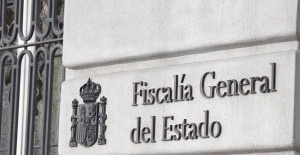 The fiscal leadership endorses the decision of the 'number two' of the Prosecutor's Office to ask to archive the complaint of Ayuso's partner
The fiscal leadership endorses the decision of the 'number two' of the Prosecutor's Office to ask to archive the complaint of Ayuso's partner Sánchez will not be able to dissolve the Cortes before May 30 but can submit to a question of confidence
Sánchez will not be able to dissolve the Cortes before May 30 but can submit to a question of confidence Full letter in which Pedro Sánchez announces a reflection on his continuity in the presidency of the Government
Full letter in which Pedro Sánchez announces a reflection on his continuity in the presidency of the Government How Blockchain in being used to shape the future
How Blockchain in being used to shape the future Not just BTC and ETH: Here Are Some More Interesting Coins Worth Focusing on
Not just BTC and ETH: Here Are Some More Interesting Coins Worth Focusing on Retrópolis brings the golden age of video games and computing to the UPV
Retrópolis brings the golden age of video games and computing to the UPV Looking for video games that value the neighborhoods of Valencia
Looking for video games that value the neighborhoods of Valencia UPV researchers improve the efficiency of air conditioning systems using a geothermal heat pump
UPV researchers improve the efficiency of air conditioning systems using a geothermal heat pump València is committed to citiverse and smart tourism to be "the reference technological hub of the Mediterranean"
València is committed to citiverse and smart tourism to be "the reference technological hub of the Mediterranean" A million people demonstrate in France against Macron's pension reform
A million people demonstrate in France against Macron's pension reform Russia launches several missiles against "critical infrastructure" in the city of Zaporizhia
Russia launches several missiles against "critical infrastructure" in the city of Zaporizhia A "procession" remembers the dead of the Calabria shipwreck as bodies continue to wash up on the shore
A "procession" remembers the dead of the Calabria shipwreck as bodies continue to wash up on the shore Prison sentences handed down for three prominent Hong Kong pro-democracy activists
Prison sentences handed down for three prominent Hong Kong pro-democracy activists ETH continues to leave trading platforms, Ethereum balance on exchanges lowest in 3 years
ETH continues to leave trading platforms, Ethereum balance on exchanges lowest in 3 years Investors invest $450 million in Consensys, Ethereum incubator now valued at $7 billion
Investors invest $450 million in Consensys, Ethereum incubator now valued at $7 billion Alchemy Integrates Ethereum L2 Product Starknet to Enhance Web3 Scalability at a Price 100x Lower Than L1 Fees
Alchemy Integrates Ethereum L2 Product Starknet to Enhance Web3 Scalability at a Price 100x Lower Than L1 Fees Mining Report: Bitcoin's Electricity Consumption Declines by 25% in Q1 2022
Mining Report: Bitcoin's Electricity Consumption Declines by 25% in Q1 2022 Oil-to-Bitcoin Mining Firm Crusoe Energy Systems Raised $505 Million
Oil-to-Bitcoin Mining Firm Crusoe Energy Systems Raised $505 Million Microbt reveals the latest Bitcoin mining rigs -- Machines produce up to 126 TH/s with custom 5nm chip design
Microbt reveals the latest Bitcoin mining rigs -- Machines produce up to 126 TH/s with custom 5nm chip design Bitcoin's Mining Difficulty Hits a Lifetime High, With More Than 90% of BTC Supply Issued
Bitcoin's Mining Difficulty Hits a Lifetime High, With More Than 90% of BTC Supply Issued The Biggest Movers are Near, EOS, and RUNE during Friday's Selloff
The Biggest Movers are Near, EOS, and RUNE during Friday's Selloff Global Markets Spooked by a Hawkish Fed and Covid, Stocks and Crypto Gain After Musk Buys Twitter
Global Markets Spooked by a Hawkish Fed and Covid, Stocks and Crypto Gain After Musk Buys Twitter Bitso to offset carbon emissions from the Trading Platform's ERC20, ETH, and BTC Transactions
Bitso to offset carbon emissions from the Trading Platform's ERC20, ETH, and BTC Transactions Draftkings Announces 2022 College Hoops NFT Selection for March Madness
Draftkings Announces 2022 College Hoops NFT Selection for March Madness

